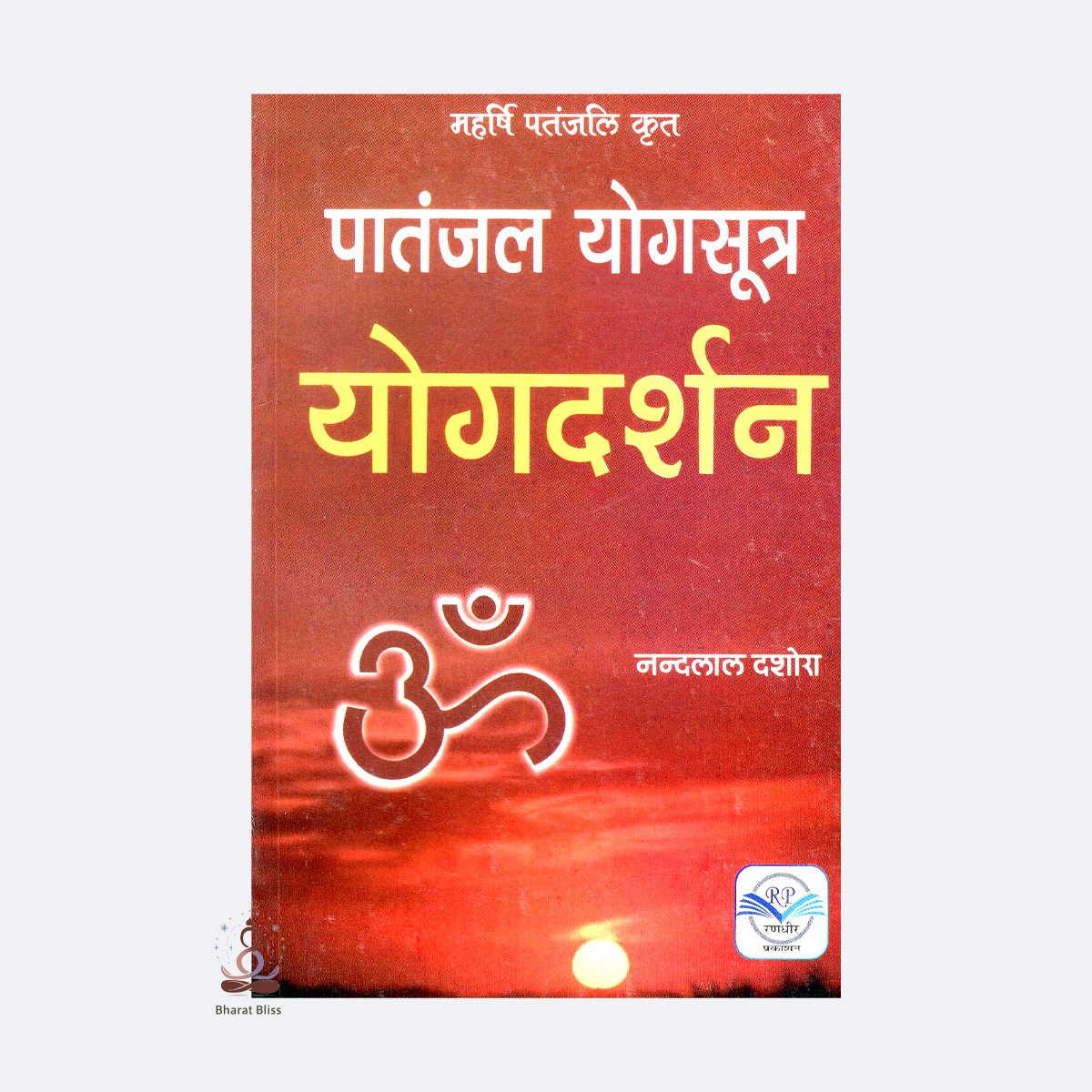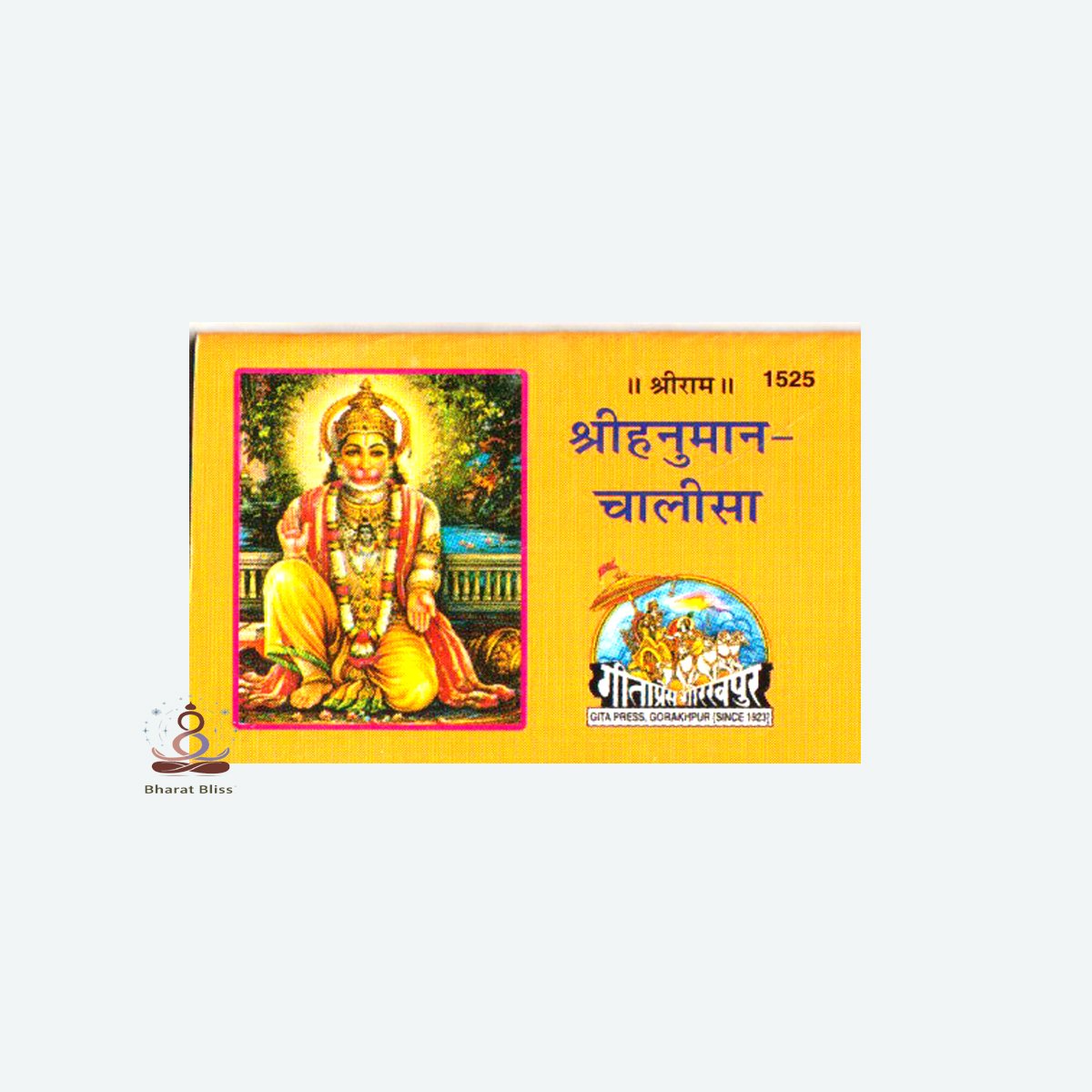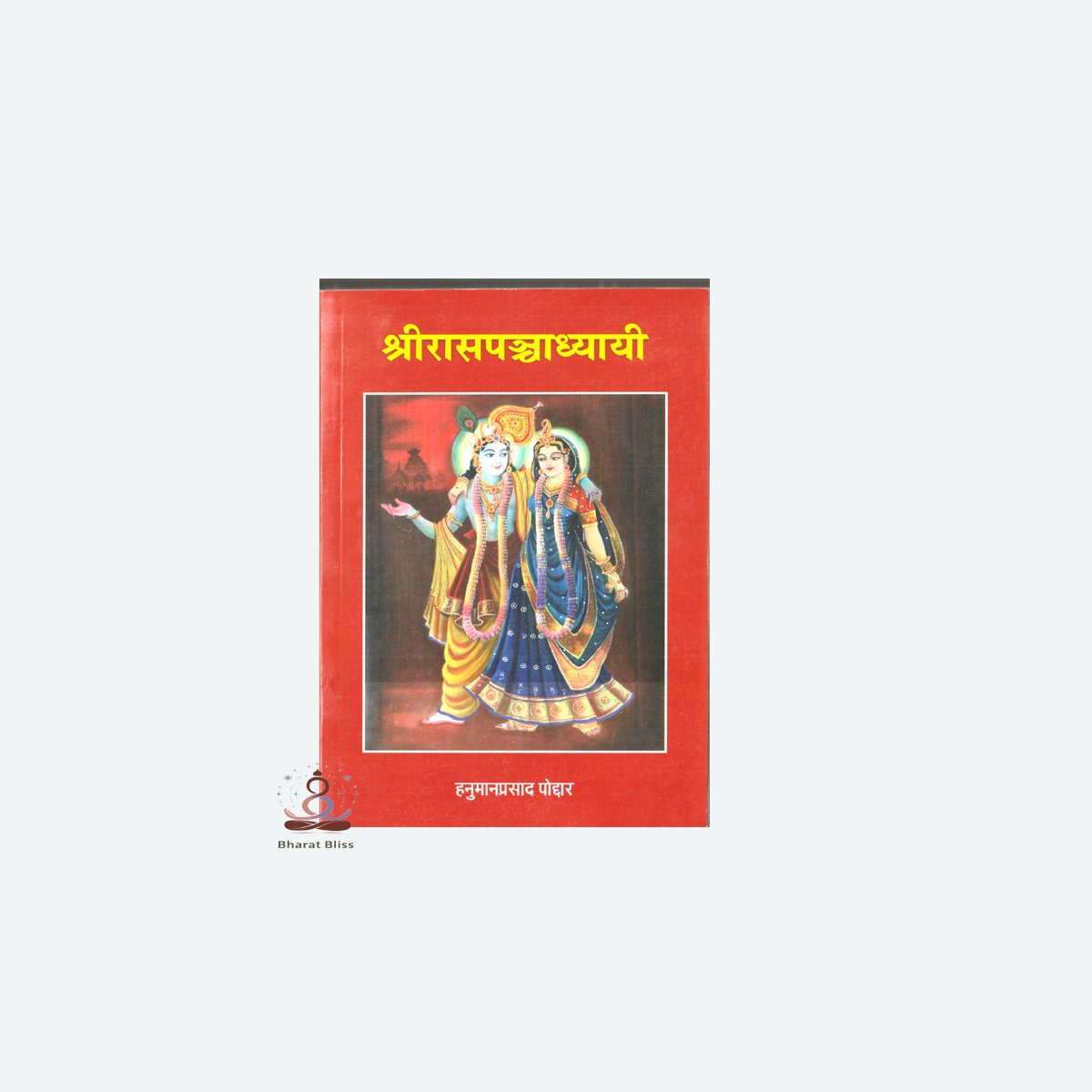Description
Introduction:
Yog Darshan is one of the six classical schools of Indian philosophy, systematically compiled by the sage Maharishi Patanjali in the form of aphorisms known as the Yoga Sutras. It offers a scientific and spiritual path for self-realization and liberation (moksha) by harmonizing body, mind, and soul. The system emphasizes discipline, mental control, and spiritual insight.
Key Features of Yog Darshan:
-
Ashtanga Yoga
Patanjali outlines eight steps to attain spiritual freedom, collectively known as Ashtanga Yoga:-
Yama (Moral restraints): Non-violence, truthfulness, non-stealing, celibacy, non-possessiveness
-
Niyama (Discipline): Purity, contentment, austerity, self-study, surrender to God
-
Asana: Physical postures to keep the body healthy and stable
-
Pranayama: Regulation of breath to control life force (prana)
-
Pratyahara: Withdrawal of senses from external objects
-
Dharana: Concentration on a single point
-
Dhyana: Meditation or uninterrupted flow of concentration
-
Samadhi: Complete absorption, union with the divine consciousness
-
-
Philosophical Foundation:
Yog Darshan is closely related to the Sankhya philosophy, sharing its metaphysical structure but differs by acknowledging the existence of Ishvara (Supreme Being). -
Practical Philosophy:
It is not just a theoretical system but a practical guide for daily living. It provides tools for overcoming suffering and attaining inner peace. -
Core Definition of Yoga:
The central theme of Yog Darshan is captured in the sutra:
“Yogah chitta-vritti-nirodhah” (Yoga Sutra 1.2)
“Yoga is the cessation of the fluctuations of the mind.”
-
Promotes mental peace, emotional balance, and spiritual growth
-
Provides a clear path to self-discipline and inner transformation
-
Encourages ethical living and universal values
-
Leads to liberation (moksha) through self-realization
परिचय:
योग दर्शन भारतीय दर्शन की एक प्रमुख शाखा है, जिसे महर्षि पतंजलि ने सूत्रों के रूप में संकलित किया। यह दर्शन व्यक्ति के आत्म-साक्षात्कार एवं मोक्ष की प्राप्ति के लिए शरीर, मन और आत्मा के बीच संतुलन स्थापित करने पर बल देता है। योग दर्शन मुख्यतः “पतंजलि योग सूत्र” के माध्यम से जाना जाता है, जिसमें कुल 195 सूत्र हैं।
योग दर्शन की विशेषताएं:
-
अष्टांग योग (Ashtanga Yoga):
पतंजलि ने योग को आठ अंगों में विभाजित किया है, जिसे अष्टांग योग कहा जाता है:-
यम (नियम): अहिंसा, सत्य, अस्तेय, ब्रह्मचर्य, अपरिग्रह
-
नियम (अनुशासन): शौच, संतोष, तप, स्वाध्याय, ईश्वरप्रणिधान
-
आसन: शरीर को स्थिर व स्वस्थ रखने की प्रक्रिया
-
प्राणायाम: श्वास-प्रश्वास को नियंत्रित करने की विधि
-
प्रत्याहार: इन्द्रियों को विषयों से हटाना
-
धारण: मन को एक स्थान पर केंद्रित करना
-
ध्यान: निरंतर ध्यान की अवस्था
-
समाधि: आत्मा और परमात्मा का मिलन
-
-
दर्शन शास्त्र का हिस्सा:
योग दर्शन सांख्य दर्शन के सिद्धांतों को आधार बनाता है लेकिन उसमें ईश्वर की सत्ता को स्वीकार करता है, जो इसे एक विशिष्ट स्थान प्रदान करता है। -
प्रायोगिक दर्शन:
योग केवल सैद्धांतिक नहीं बल्कि व्यावहारिक भी है। यह जीवन के हर पहलू को शुद्ध और संतुलित करने की प्रक्रिया है। -
उद्देश्य:
योग दर्शन का मुख्य उद्देश्य चित्त की वृत्तियों का निरोध करना है –
“योगश्चित्तवृत्तिनिरोधः” – पतंजलि योग सूत्र 1.2
अर्थात् मन की चंचलताओं को रोकना ही योग है।
योग दर्शन का महत्व:
-
मानसिक शांति और स्थिरता प्रदान करता है।
-
आत्मा की शुद्धि और मोक्ष की प्राप्ति में सहायक है।
-
जीवन में अनुशासन और संयम लाता है।
Only logged in customers who have purchased this product may leave a review.













Reviews
There are no reviews yet.